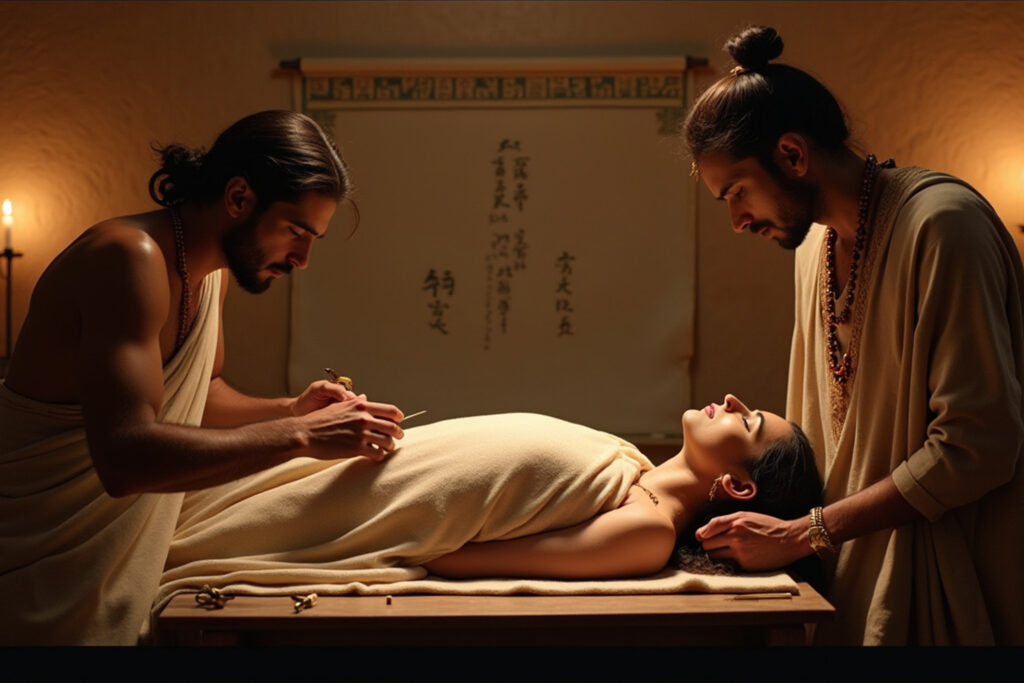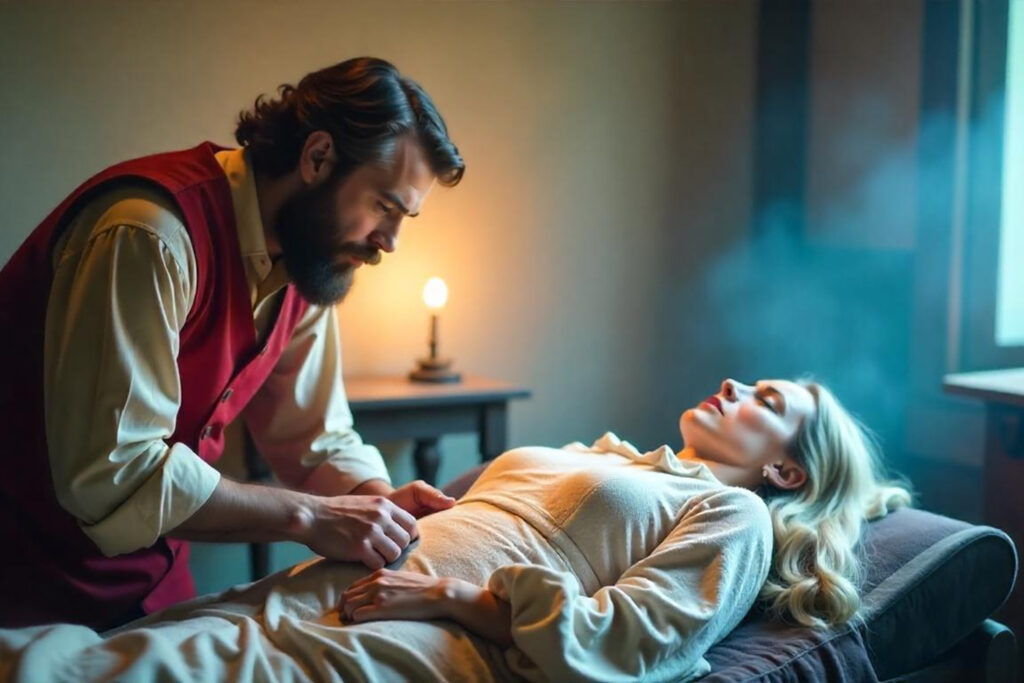Plastic surgery might seem like a modern luxury, but the practice of altering the body for medical and cosmetic purposes has been around for thousands of years. From ancient wound treatments to today’s cutting-edge procedures, the evolution of plastic surgery is a fascinating journey through history, innovation, and artistry.
Ancient Beginnings: The First Plastic Surgeons

Long before Botox and BBLs, ancient civilizations were experimenting with ways to repair and reshape the human body.
- Egypt (3000 BCE): The first recorded attempts at reconstructive surgery date back to ancient Egypt, where physicians used techniques to repair noses and ears damaged in battle or punishment.
- India (600 BCE): One of the earliest known plastic surgeons, Sushruta, developed surgical techniques for reconstructing noses using skin grafts from the forehead—a method still used today in modified forms.
- Rome & Greece (100 CE): Roman and Greek doctors performed rudimentary cosmetic procedures, including scar removal and ear repairs, mostly for soldiers and gladiators.
While these early procedures were primitive, they laid the foundation for modern reconstructive surgery.
The Middle Ages & Renaissance: Progress and Setbacks

During the Middle Ages, advancements in medicine slowed, but by the Renaissance, interest in surgical techniques began to re-emerge.
- 15th Century: Italian surgeon Gaspare Tagliacozzi refined the ancient Indian nose reconstruction technique, using skin from the patient’s arm to rebuild the nose—a major breakthrough for the time.
- 16th-18th Century: Surgeons began experimenting with new methods to correct facial deformities caused by disease or injury, though anesthesia and infection control were still major challenges.
Despite these advancements, plastic surgery remained risky, painful, and reserved primarily for reconstructive purposes rather than aesthetics.
The 19th & Early 20th Century: The Birth of Modern Plastic Surgery

The field of plastic surgery took a massive leap forward with advancements in anesthesia, antiseptics, and surgical techniques.
- World War I & II: The need for reconstructive surgery exploded as surgeons worked to repair severe injuries from war. Skin grafting techniques improved, and facial reconstruction became more sophisticated.
- 1920s-1930s: Cosmetic surgery gained popularity, with early facelifts and rhinoplasties being performed. Hollywood stars quietly began enhancing their looks with surgical tweaks.
- 1950s: Silicone breast implants were introduced, revolutionizing body contouring. The field of cosmetic surgery officially became a specialty of its own.
By this point, plastic surgery was no longer just for medical necessity—it was becoming a tool for self-enhancement.
Plastic Surgery Today: Science Meets Art

With advancements in technology, plastic surgery is now safer, more precise, and more accessible than ever.
- Minimally Invasive Procedures: Fillers, Botox, and laser treatments allow for enhancements without the need for surgery.
- 3D Imaging & Robotics: Surgeons can now plan procedures with advanced imaging, ensuring customized and natural-looking results.
- Fat Transfer & Stem Cell Therapy: Techniques like the Brazilian Butt Lift (BBL) and facial fat grafting offer more natural alternatives to implants.
- Ethical & Cultural Shifts: Plastic surgery is now widely accepted, with both men and women seeking procedures for confidence and self-expression rather than just correction.
What started as a medical necessity has transformed into an industry that blends science, artistry, and self-care.
Looking to the Future

Plastic surgery has come a long way from its ancient roots, evolving into a field that enhances both function and beauty. As technology continues to advance, the future of plastic surgery is limitless—offering even safer, more effective, and personalized procedures.
Whether you’re interested in cosmetic enhancements or just fascinated by the history of the craft, one thing is clear: the desire to look and feel our best is timeless.






